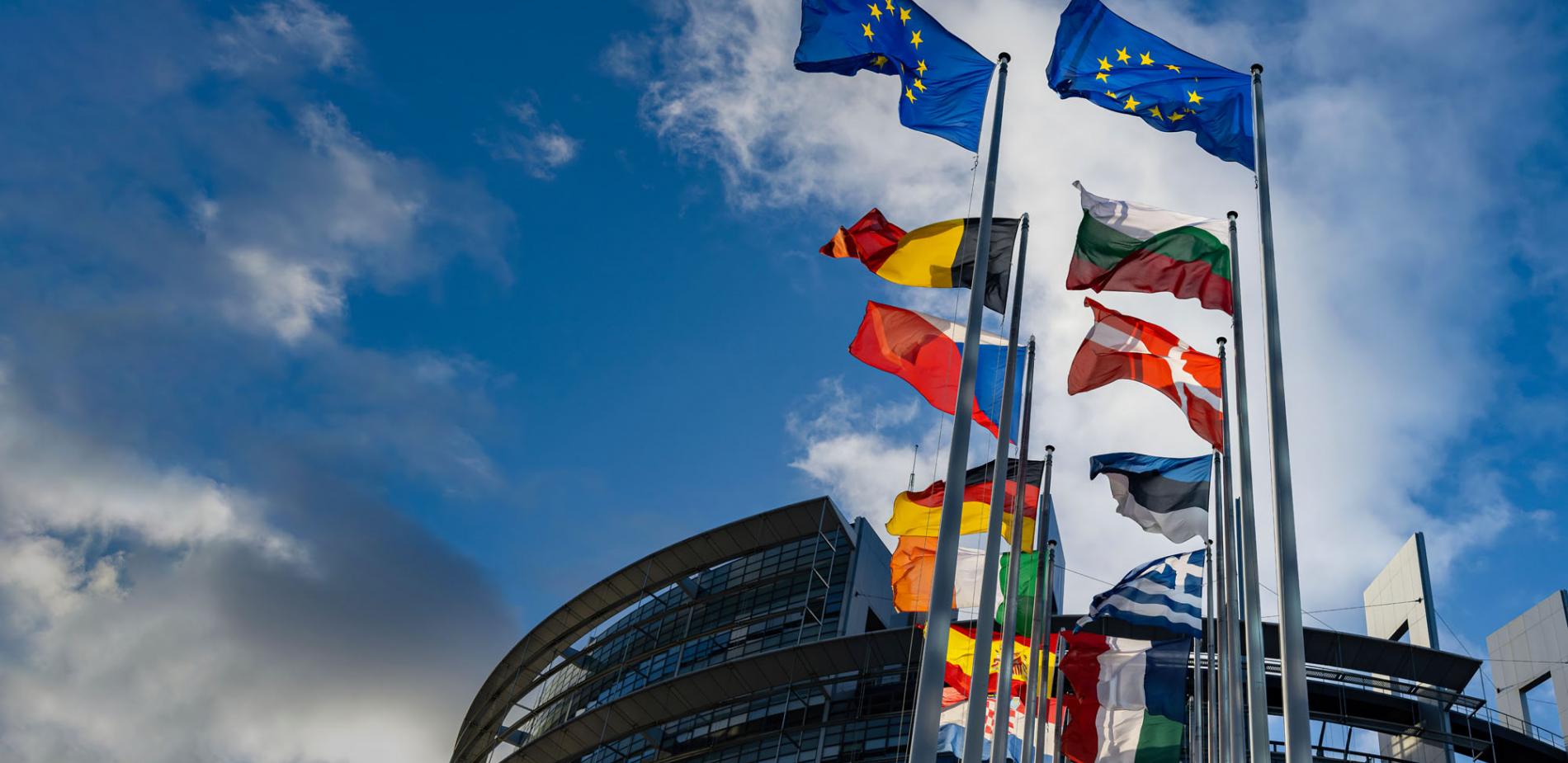
European research: a vexed issue
In view of the individual prerogatives of each nation, constructing a European research sector has not been an easy task. But it’s now well-established.
Investigation by Cécile Klingler - Published on
Initially, from 1954 on, the European research community was symbolised by the great, now-famous CERN physics laboratory. It was there, for instance, that the Higgs boson was observed in 2012. On the initiative of researchers, other intergovernmental laboratories were created, gradually extending a scientific project in its infancy. A second stage began at the start of the 1980s with the Europe-wide adoption of a first ‘framework programme’ (FPRTD). Community authorities published a pluriannual strategic research programme, encouraging cooperation between laboratories and companies. More recently, in 2007, there was finally a significant focus on basic research, with ‘ERC’ funding. These community or intergovernmental systems and resources helped to construct a vast European research network.
Research, almost absent from Europe’s founding texts
On 25 March 1957, Germany, Belgium, France, Italy, Luxembourg and the Netherlands signed the Treaty of Rome, which created the European Economic Community, together with the Euratom Treaty, which established the Atomic Energy Community. The former did not give the new organisation any powers in terms of research policy, while the latter was an attempt to foster scientific cooperation in the field of civil nuclear energy. It was only in 1986 with the signature of the Single European Act that research and development became a community competency. This was confirmed and extended in 1992 with the Maastricht Treaty, which created the European Union.
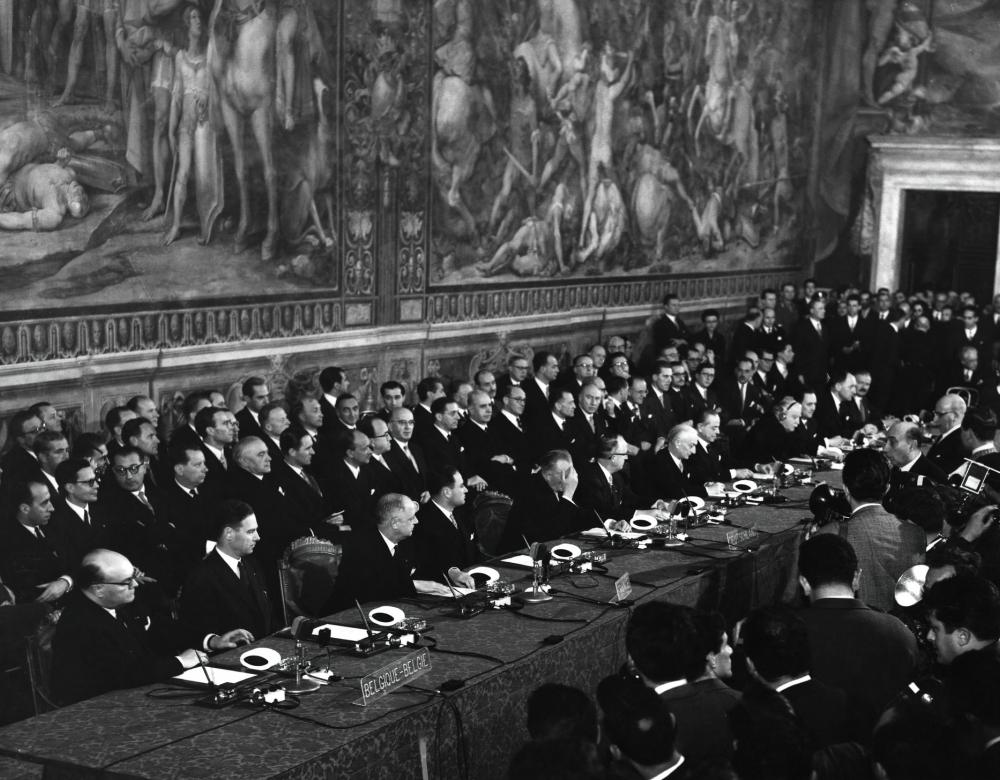
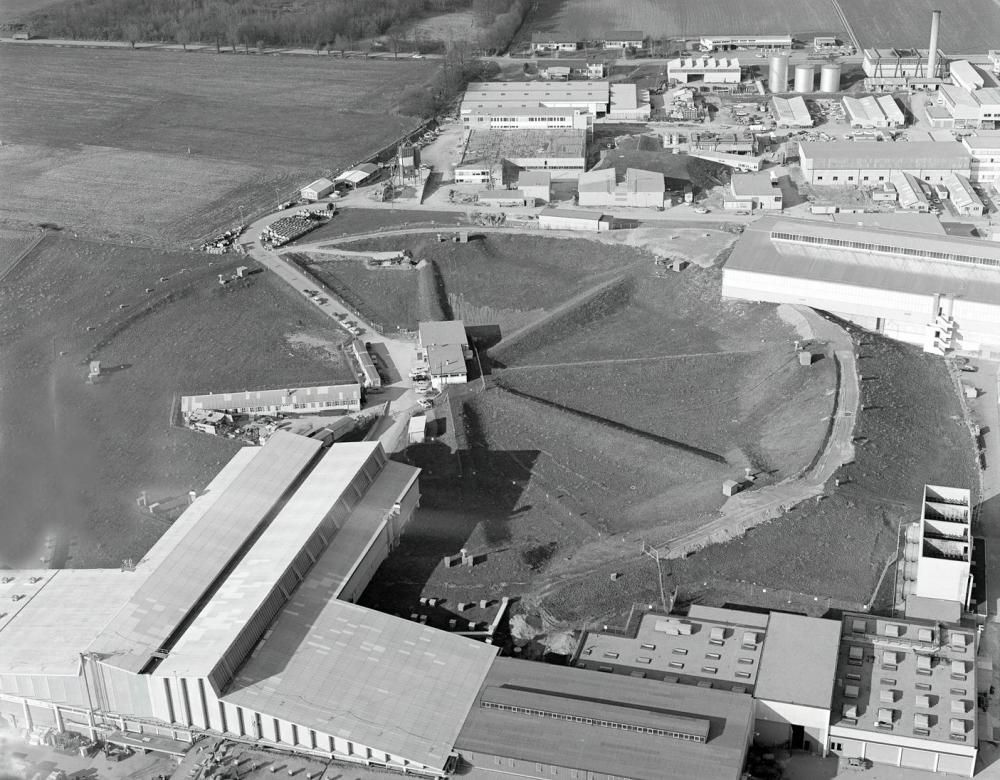
CERN, the first research organisation
After the Second World War, some distinguished scientists – Raoul Dautry, Pierre Auger and Lew Kowarski in France, Edoardo Amaldi in Italy and Niels Bohr in Denmark – campaigned for the construction of a great physics laboratory in Europe. Louis de Broglie, Nobel Prize laureate in 1929, backed the demand, which was also supported by UNESCO. In February 1952, a provisional authority named the European Council for Nuclear Research (CERN) was founded to implement the plan. In 1953, eleven European countries signed a convention establishing the European Organisation for Nuclear Research. It came into force on 29 September 1954, but the acronym ‘CERN’ was maintained.
Coordination is now essential
Agreements between governments paved the way for European Research. European coordination became vital.
From 1950 to 1975, a number of major laboratories with intergovernmental status were founded in Europe, often at the initiative of scientists. This was true of CERN in 1954, the European Southern Observatory (ESO) in 1962, the Institut Laue-Langevin (ILL) in 1967, the European Molecular Biology Laboratory (EMBL) in 1974, and the European Space Agency (ESA) in 1975. But in October 1972, heads of state expressed their wish to go further and “promote the development of a common policy in the area of science and technology”. In January 1974, they adopted the Commission’s proposal to take action in the area of science and technology “with a view to supporting the policies of the European Community”. A number of research programmes were launched at that point, but individually. There was no general approach. The first Framework Programme for Research and Technological Development (FPRTD), a strategic instrument to coherently manage the adoption of research programmes, was only introduced in July 1983. At the time, research was not yet a community competency. However, article 235 of the Treaty of Rome enabled the interested parties to make all decisions considered appropriate to develop the Common Market. This was true of the first FPRTD, which covered a period of four years from 1984 to 1987. Its main task was to support cooperation between the academic world and industry, like the ESPRIT programme, the first to be adopted in the field of information technology, characterized by the participation of partners from the private sector.
The JRC backing public policies
Created by the Euratom Treaty in 1957, the Joint Research Centre or JRC provids scientific support for the development and implementation of community policies in the areas of biotechnology, energy, the environment, food and health. The JRC has its own laboratories in seven dedicated institutes in Belgium, the Netherlands, Germany, Spain and Italy (photo: a chamber measuring radioactive contamination of the human body in an Italian JRC laboratory in Ispra).

R&D and technology: a focus of attention
When research became a community competency, Europe concentrated on applications and technological development.
Signed in February 1986, the Single Act made research a Community competency. The aim was to “strengthen the scientific and technological foundations of European industry and encourage the development of its international competitiveness”. Directly in line with the first FPRTD, subsequent framework programmes encouraged cooperation between universities, research organisations and companies. In parallel, intergovernmental initiatives were developed, particularly the Eureka programme launched by France and Germany in 1985. Initially formed by 17 member states and now bringing together 47 countries, Eureka works to increase European competitiveness by backing transnational, state-of-the-art technology-development projects, planned and implemented by industry. Networking is also a preoccupation for the European Institute of Innovation and Technology (EIT), founded by the European Union in 2008. Its task? To facilitate the creation of long-term partnerships between universities, research centres and companies in certain targeted fields: climate, food, health, energy and digital technology. Initially independent of the FPRTDs, the EIT joined them for the 7th FPRTD, Horizon 2020, which ran from 2014 to 2020. Its successor, Horizon Europe, saw the full launch of the European Innovation Council (EIC), which had existed in pilot form since 2018. The EIC has gone significantly further than previous initiatives, with the European Commission acting as an investor, providing capital for the development of start-ups.
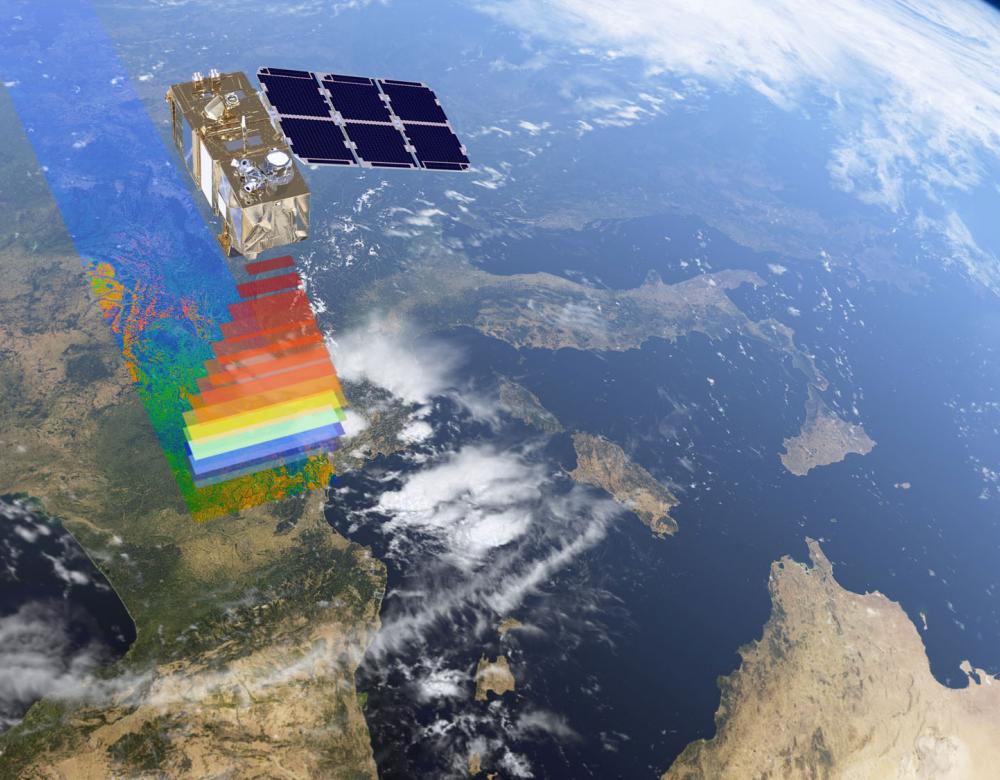
Copernicus: the Earth seen by Europe
Eight Sentinel satellites are in orbit around the Earth, examining its atmosphere, land masses and oceans. A number of others will join them by 2030. All are part of Copernicus, the European Earth observation programme, which also gathers data from thousands of land, air and marine sensors. Launched in 1998 and operational since 2014, Copernicus supplies the world’s most complete open-access overview of the state of the planet, whether in relation to climate, pollution, urban development, changes in farmland, deforestation or even human crises.
Higher Education: from Erasmus to Bologna
The standardisation of courses and cooperation agreements between institutions has opened up European higher education.
You have probably heard of it and may even have benefitted from it. Adopted in 1987, Erasmus – the European Union student exchange programme – allows students to do part of their studies in other universities or higher-education establishments. When it was created, Erasmus added a drop of harmony to the heterogeneous ocean of courses and degrees. And a welcome drop – especially since, back then, the European Community had no educational powers. Those would later come with the Maastricht Treaty signed in 1992, but in a limited way. While the EU’s role was to encourage cooperation and coordination, curriculums and the organisation of an educational system remained the prerogatives of individual states. It would be a number of years before those states began the ‘Bologna Process’. Meeting at the University of the Sorbonne in Paris on 25 May 1998, German, French, Italian and British ministers suggested a reform of higher education in Europe, standardising systems and degrees. In 1999, together with their counterparts from 25 other countries, they signed the Bologna Declaration. Among other things, that led to the structuring of higher studies in three cycles: bachelor’s, master’s and doctorate. The Bologna Declaration also paved the way for the 2010 creation of the European Higher Education area, intended to encourage exchanges and cooperation between universities, teacher-researchers and students from participating countries. They number 49 today, including Turkey, Russia and Ukraine.
In Florence, the only institute of its kind
In 1955, at the Messina Conference where the Rome and Euratom Treaties were negotiated, Germany’s secretary of state for foreign affairs suggested the creation of a European university. Unsuccessfully. It was not until 1972 that the six founding states of the Community agreed to set up a ‘European University Institute’. That establishment located in Florence was an unusual one: intergovernmental in its governance; academic in its third-cycle courses in history, law, economics and political science; community-based in its research targeting European issues. Since 1986, the Institute is also home to the historical archives of the European Union.

Funding: states and companies lag behind
Each European state should dedicate 3% of its GDP to R&D. But that 20-year-old rule is still a long way off.
“Making Europe the most competitive knowledge economy in the world by 2010”: such was the ambition of the Lisbon Strategy defined in March 2000 by the fifteen member states of the European Union at an extraordinary session of the Council (consisting of the heads of state or government of the member states). The special aim was to help the EU catch up with its main competitors in terms of innovation and improve its economic performance. In Barcelona, in spring 2002, the Council set an objective that became emblematic: the member states’ R&D expenditure should reach 3% of GDP by 2010. This would not only be taxpayer money: two-thirds of the expenditure should be funded by private sources. However, after a few years, the ambition had obviously failed. In June 2010, the Europe 2020 strategy reasserted the aim, but ten years later, it was still not achieved. Certainly, Germany and the countries of Northern Europe had reached the target of 3%, but southern nations lagged behind, with around 2.2% for France and just 1% for Italy. Not to mention the Central and Eastern European countries. In comparison, the USA was investing close to 3% and Israel and South Korea over 4% (more than 3.5% from the private sector). The real contribution of European programmes could not make up for this shortfall: from 2014 to 2020, the 79 billion euros of the Horizon 2020 framework programme formed less than 10% of public research expenditure in Europe.
Fundamental research is taken in consideration
While Europe’s treaties focused on R&D, 2007 saw the appearance of a structure devoted to fundamental research.
Funding exploratory research to expand the frontiers of knowledge: that was the task of the European Research Council (ERC). Set up by the European Commission in 2007 as part of the 7th FPRTD, the ERC broke with previous measures to support research. Firstly, because it financed fundamental research projects, not R&D ones, but also because the funding went almost exclusively to individual researchers, based on the sole criterion of the applicant’s scientific excellence and the project they presented. Their nationality was not important: the research simply had to be conducted in a country of the European Union or an associated one. Moreover, the sums allocated allowed the recipients to put together a team for the long term (five years), strengthening research as a whole. This was especially the case with Starting Grants allotted to young researchers who had obtained their doctorate 2 to 7 years before and Consolidator Grants for researchers who had been awarded theirs 7 to 12 years previously. The former represented up to 1.5 million euros over 5 years; the latter, 2 million euros. Advanced Grants of up to 2.5 million euros went to experienced scientists, enabling them to explore subjects of particularly innovative potential. Since 2007, the ERC has backed more than 12,000 projects in every field of knowledge.
Nobel Prizes: 2021, a great year for Europe
In October 2021, Giorgio Parisi and Klaus Hasselmann (on the left in the photo), respectively a theoretical physicist and a climate modeller, received the Nobel Prize for Physics for their work on complex physical systems (shared with the American Syukuro Manabe). Then Benjamin List (on the right) was awarded the Nobel Prize for Chemistry for his work on asymmetric organocatalysis (prize shared with the American David MacMillan). All three had benefitted from a number of years of European funding, provided by the ERC for Giorgio Parisi and Benjamin List, and by the 7th FPRTD for Klaus Hasselmann. It was not the first time that European research had been recognised in this way and it will not be the last!
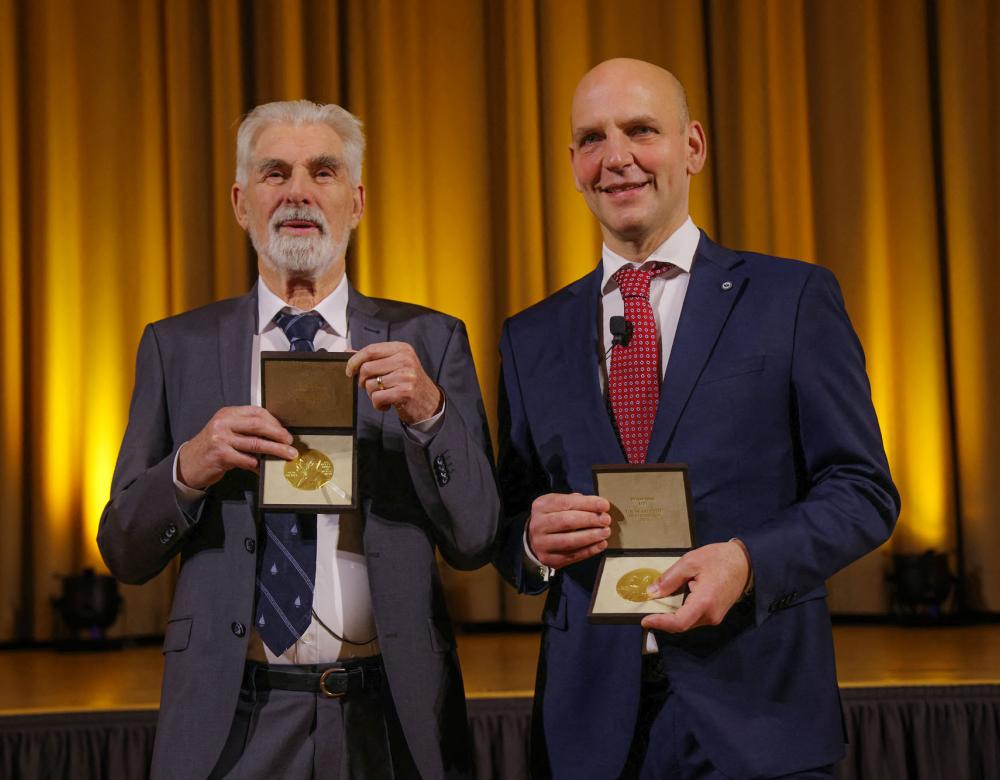
Horizon Europe, a road map for 2027
The hotly negotiated ‘research’ budget of the European Union for the coming years has increased a little.
The discussions were tough! But finally, the budget for the Horizon Europe 9th framework programme voted in December 2020 is higher than its Horizon 2020 predecessor: it is 95.5 billion euros for the seven years from 2021 to 2027, compared to 79 billion. Where will the money go? Horizon Europe mainly consists of three pillars. 25 billion euros goes to the first, ‘Excellent Science’, with 16 million assigned to fundamental research via the ERC. As for the second pillar, ‘Global Challenges and European Industrial Competitiveness’, it will receive 53.5 billion, more than half the total! The funds will support applied research projects involving research bodies and companies, particularly in the fields of health, climate and digital technology. This second pillar also includes one of the new measures of the framework programme: research projects linked to five targeted objectives for 2030, focusing on resilience to climate change, carbon-neutral cities, the fight against cancer, restoration of the oceans and countering soil impoverishment. Then the third pillar, ‘Innovative Europe’, will contribute to Europe’s economic growth by encouraging innovation and the creation of start-ups. With a budget of 13.6 billion euros, it includes the European Institute of Innovation and Technology (EIT), as well as the other new aspect of this framework programme: the European Innovation Council (EIC) with venture capital supplied by the Commission.
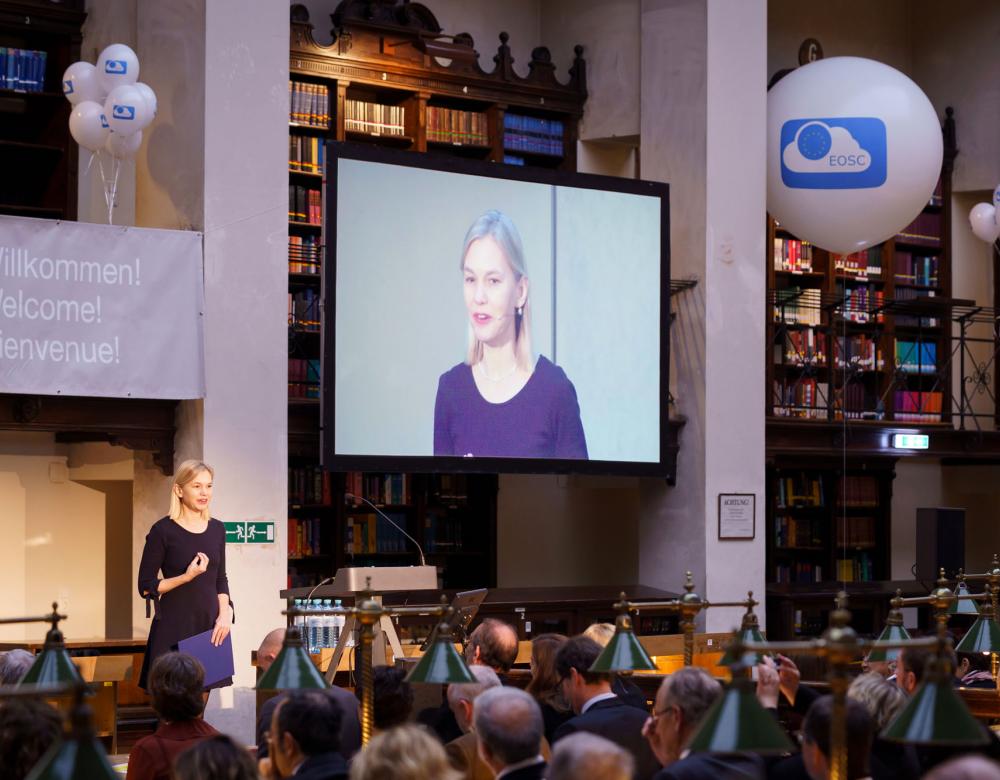
Facilitating access to scientific data
On 23 November 2018, the European Commission, member states and the scientific community launched the ‘European Open Science Cloud’ or EOSC: a digital cloud in the form of a web portal providing access to data produced by European research in every domain, integrating the existing infrastructure. Millions of scientific articles and data sets are stored and archived, and can especially be accessed and reused. The aim? To use this mine of data to launch new research, innovation and teaching programmes.

